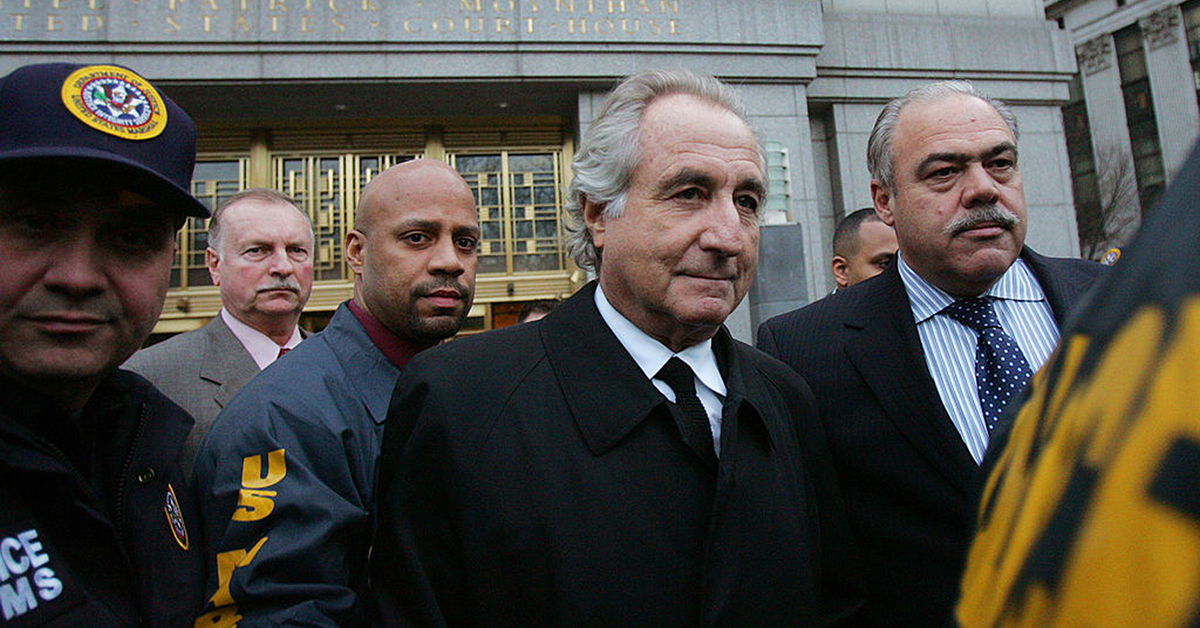When Bernard “Bernie” Madoff founded his eponymous investment firm in 1960, few suspected the man who ran NASDAQ for two decades would one day mastermind the largest Ponzi scheme in history. For nearly half a century, Madoff attracted clients with promises of steady, above-market returns. His reputation as a financial titan—complete with a coveted seat on Wall Street’s most exclusive boards—made him the ultimate insider, above suspicion.
In the 1990s and early 2000s, Madoff’s performance reports showed consistent gains of around 10–12% annually, even during market downturns. Skeptics whispered about the “too good to be true” results—but many institutional investors, charities, and wealthy families couldn’t resist. By 2008, at the peak of his scheme, the Madoff investment pool held roughly $65 billion in fabricated account statements, though only about $19 billion had actually been invested.
The house of cards collapsed in December 2008, when the global financial crisis prompted a wave of redemption requests. Without new money to pay withdrawals, Madoff confessed to his sons that his advisory business was “one big lie.” They alerted authorities, and on December 11, Madoff was arrested by the FBI.
His arrest sent shockwaves through the financial world. Investors who believed their capital was conservatively managed watched in horror as the scope of Madoff’s fraud became clear. Charities lost endowments, retirement plans vanished, and countless individuals faced bankruptcy. Irving Picard, the court-appointed trustee, has since recovered over $14 billion for victims, but many account-holders saw their entire life savings wiped out.
In March 2009, Madoff pleaded guilty to 11 federal felonies, including securities fraud, investment adviser fraud, and money laundering. He was sentenced to 150 years in prison, effectively ensuring he would spend the rest of his life behind bars. Madoff died in federal custody in April 2021.
The Madoff debacle prompted sweeping reforms in investment oversight. Regulators improved scrutiny of hedge funds and private advisers, and investors—once enamored by charismatic promoters—began demanding deeper transparency and independent audits. The scandal remains the ultimate warning: no matter how sterling the résumé, fraud can lurk beneath even the most prestigious façade.

